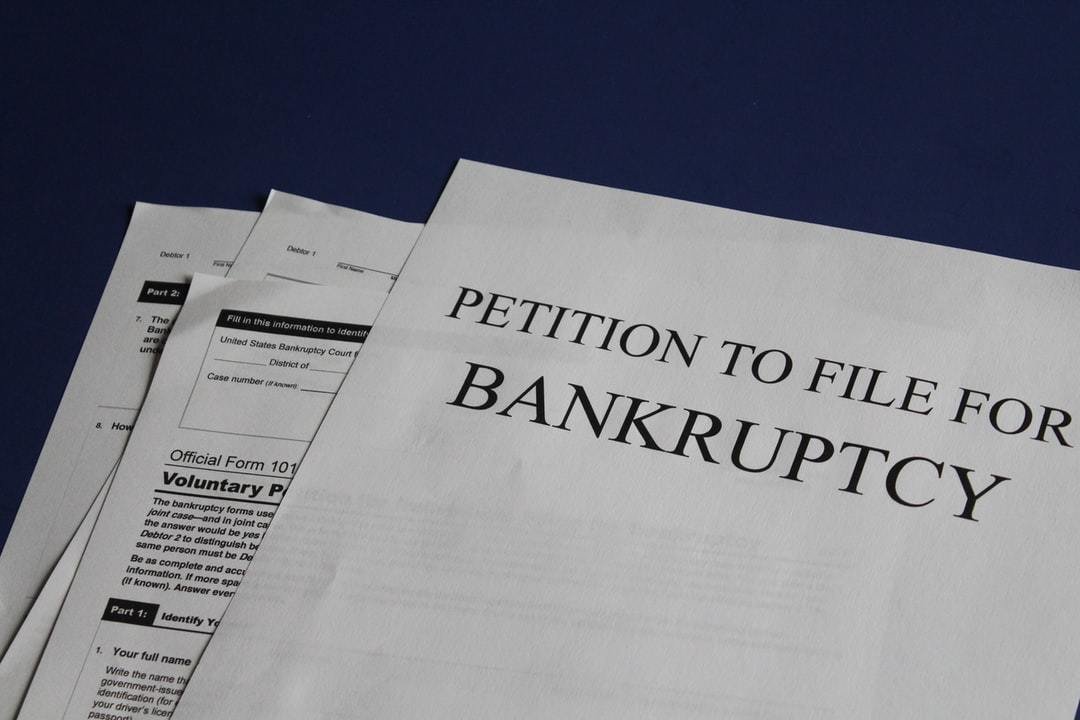What You Must Know About Chapter 11 and 13 Bankruptcy

Every business owner wants their business to grow bigger and bigger. However, this is not always the pathway that every businessman heads to. There are some instances wherein the business is starting to fail. To fail with its set goals. This is actually a common scenario in businesses. However, most of them start to get desperate that they look for different ways just to succeed.
Nobody wants to fail, of course. But when things start to get rough, then this is essential to know the best options left for you. Filing for bankruptcy is sometimes the last resort for some. Well, there are different bankruptcy that you can file for. There is Chapter 11 and Chapter 13. Before you finally decide to file a bankruptcy, knowing each of this option is crucial. So, read more now some of the essential things that you must know about the two . Take a look at them below before choosing one.
The Chapter 11 Bankruptcy
This bankruptcy is also called reorganization bankruptcy. This type involves reorganizing business's assets, affairs, and debts. That is why it is named reorganization bankruptcy. This is a bankruptcy that is suitable for companies who need to stay open until such time that they are able to pay their financial obligations. This is a way for them to still gather cash to settle their debts. This one is a complex type of bankruptcy.
This type of bankruptcy are often filed voluntarily, however there are some instances wherein to is an involuntary action. When filing for a petition in the court, debtors must also include filing statement of financial affairs, schedule of current expenditures and income, assets and liabilities, and unexpired leases and executory contracts. Discover more about how to file for bankruptcy here.
The Chapter 13 Bankruptcy
Chapter 13 bankruptcy is also called as wage earner's plan. Just like the Chapter 11 bankruptcy, this also reorganize the finances of the debtor under the approval of the bankruptcy court. This allows the debtor with enough money to pay part or all of the debts. This is another way to liquidation.
This option is suitable for those who demands for immediate payment, but don't lack income. Most businesses prefer this type because they are able to keep their houses in the condition to pay their mortgage.
Just like in Chapter 1, there are some documents that should be filed in the court. These are a petition for Chapter 13 bankruptcy and reorganization plan to request forgiveness of debts and protect assets against liquidation and/or foreclosure. For more information, click on this link: https://en.wikipedia.org/wiki/Bankruptcy.
